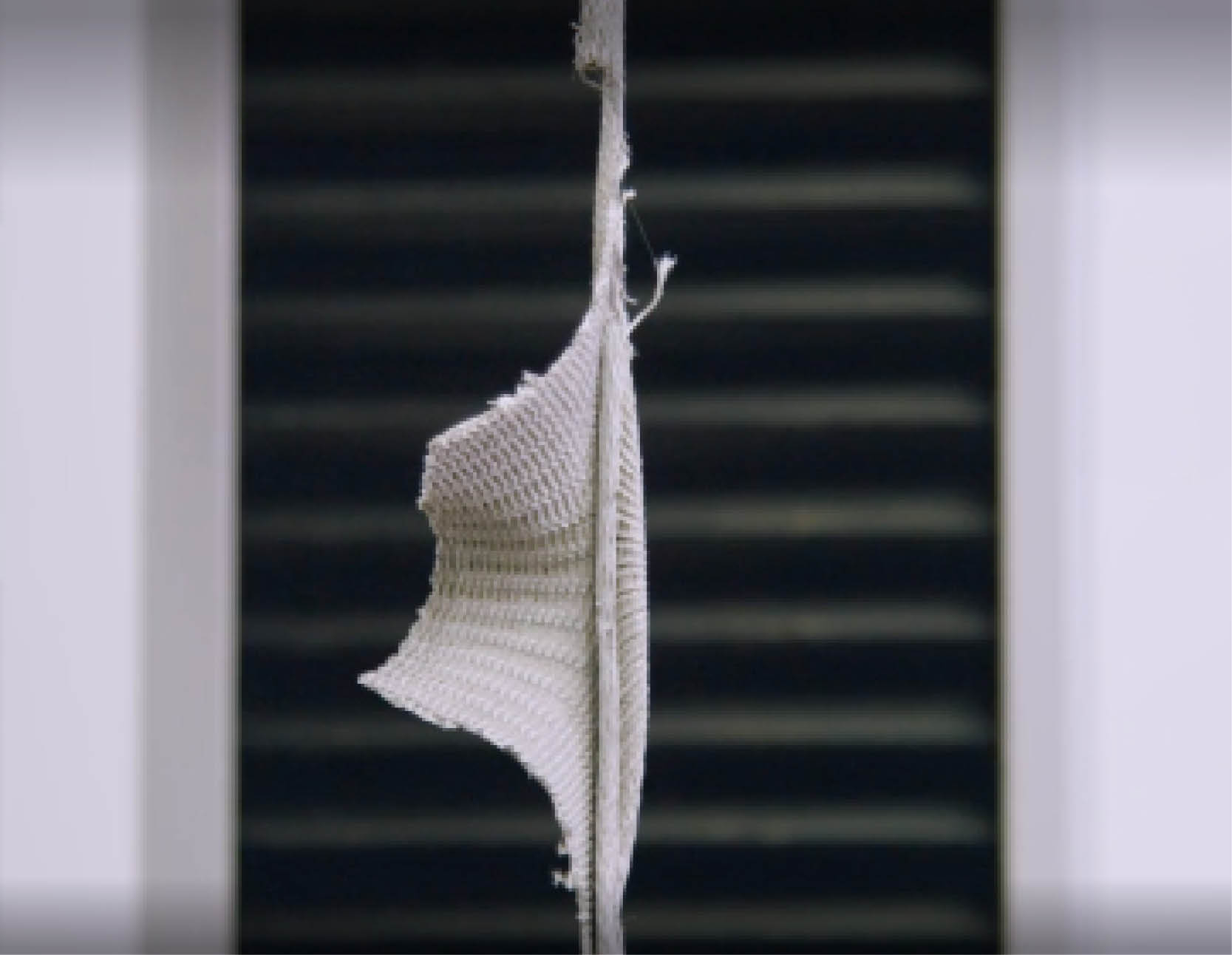Why is the Tear Resistance Test Important?
The Tear Resistance Test is significant because it evaluates the force required to tear the glove’s material apart. When the material of a glove is torn or snagged by a small object, the integrity of the glove is compromised which can cause the material to develop into a significant tear. For this reason, the Tear Test is an important aspect of hand protection testing.

Which industries might require a higher resistance to tear resistance?
Glass Industry
The glass industry poses various hazards and risks particularly when handling large glass panels, breaking out or cutting glass and recycling. Larger glass segments can cause cuts and lacerations, but fine glass can fibrillate and cause minor injuries and irritation, so it’s important to wear the correct hand and arm protection when handling glass, especially gloves with high cut and tear resistance.
Metal Fabrication
Anyone handling, moving or working with metal, from pressing and forming to cutting, and joining metal together carries a higher risk of injury due to the materials used within the industry. It is crucial to select gloves with high tear resistance to ensure they are durable enough to withstand the rigors of working with such materials and prevent injuries from metal shards and sharp edges that may initiate a tear in the material.
Automotive
Those working in the pressing departments and body shop are typically handling large sheet metal and sharp parts which can potentially cause snagging and tearing if gloves with the correct level of mechanical protection are not worn.
How is the tear resistance test performed?
A tensometer is used to determine the force required to tear a sample of the glove apart.
Rectangular samples are taken from the palms of four different gloves, with two specimens collected across the palm and two specimens taken along the length of the glove using a 50mm slit in the longitudinal direction. The test samples resemble a pair of trousers.
The samples undergo a test in which they are clamped in a tensometer and pulled apart until they are completely torn, at a rate of 100mm/min. The force at peak is measured for each specimen tested. The final tear resistance level is determined by taking the minimum value obtained from the four test results.
This level ranges from 1 to 4, with 4 being the highest.
Watch below as we take you through the standard and the changes you need to know about.






